This project was the one project that really helped me out a lot in terms of understanding color. Especially phase 2 because I got to learn how to create a color inventory and understand what it meant to separate color. Also phase 1 taught me about color progression and the way color sits next to each other in different ways like tint or shade.
https://openlab.citytech.cuny.edu/spevackcomd1100fa2017/2017/12/16/color-harmony-phase-1-2/
https://openlab.citytech.cuny.edu/spevackcomd1100fa2017/2017/12/17/color-harmony-phase-2/

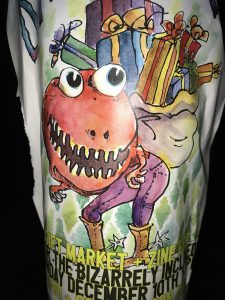

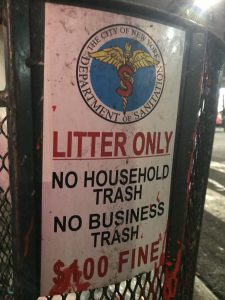

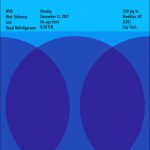
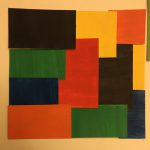
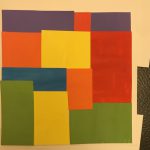
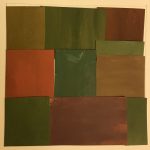
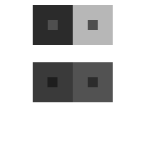
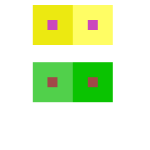
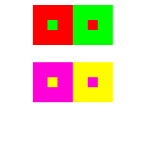
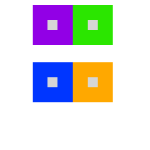



Recent Comments